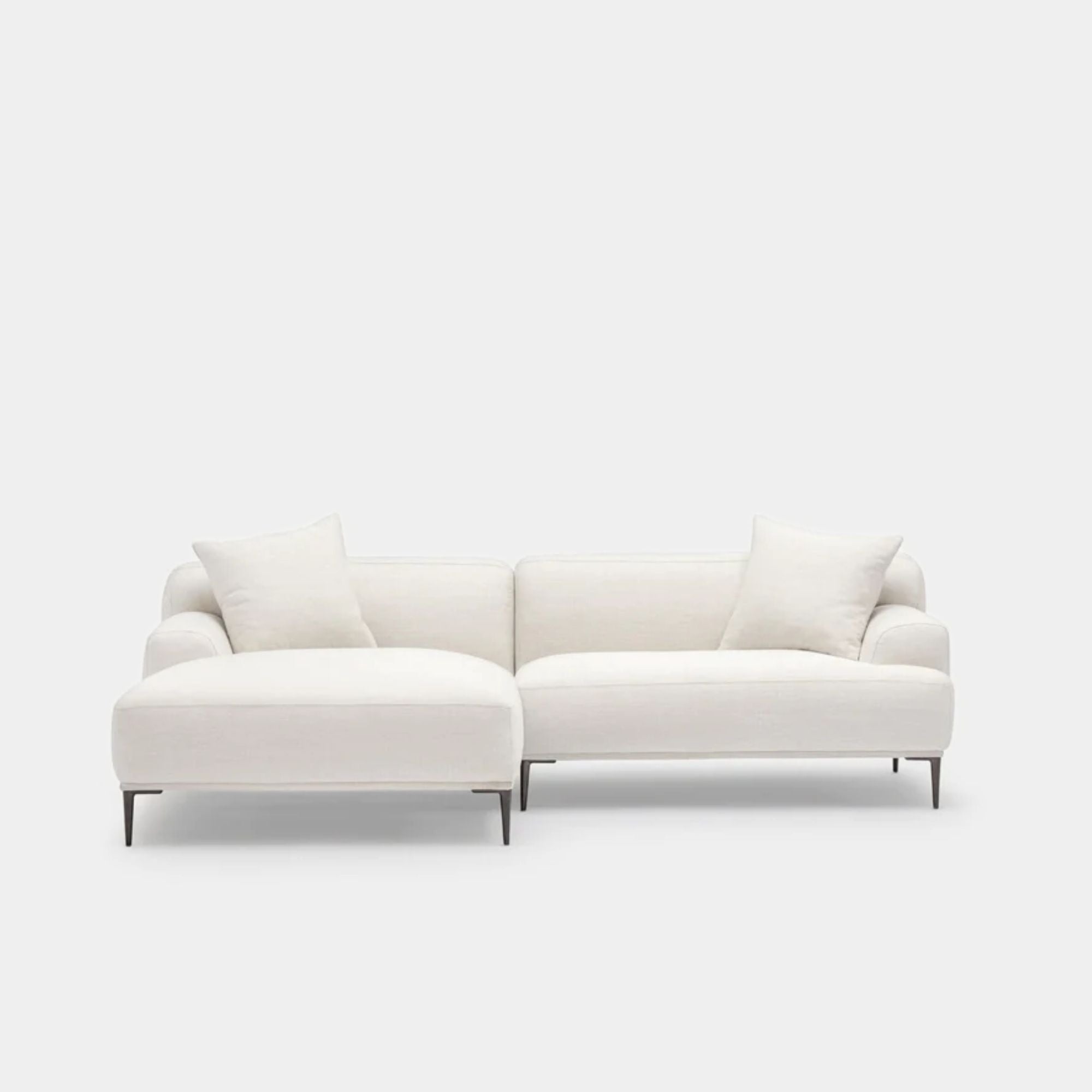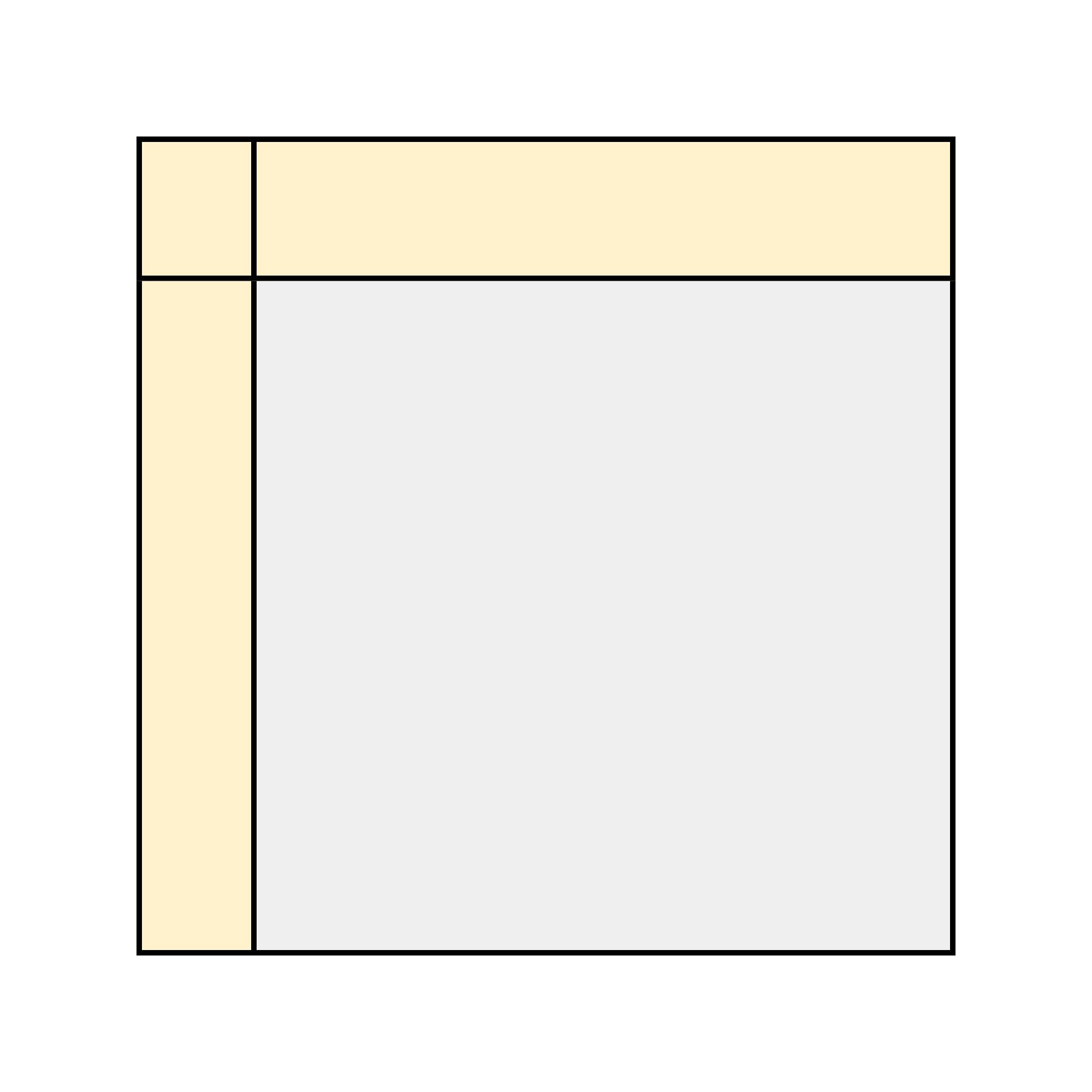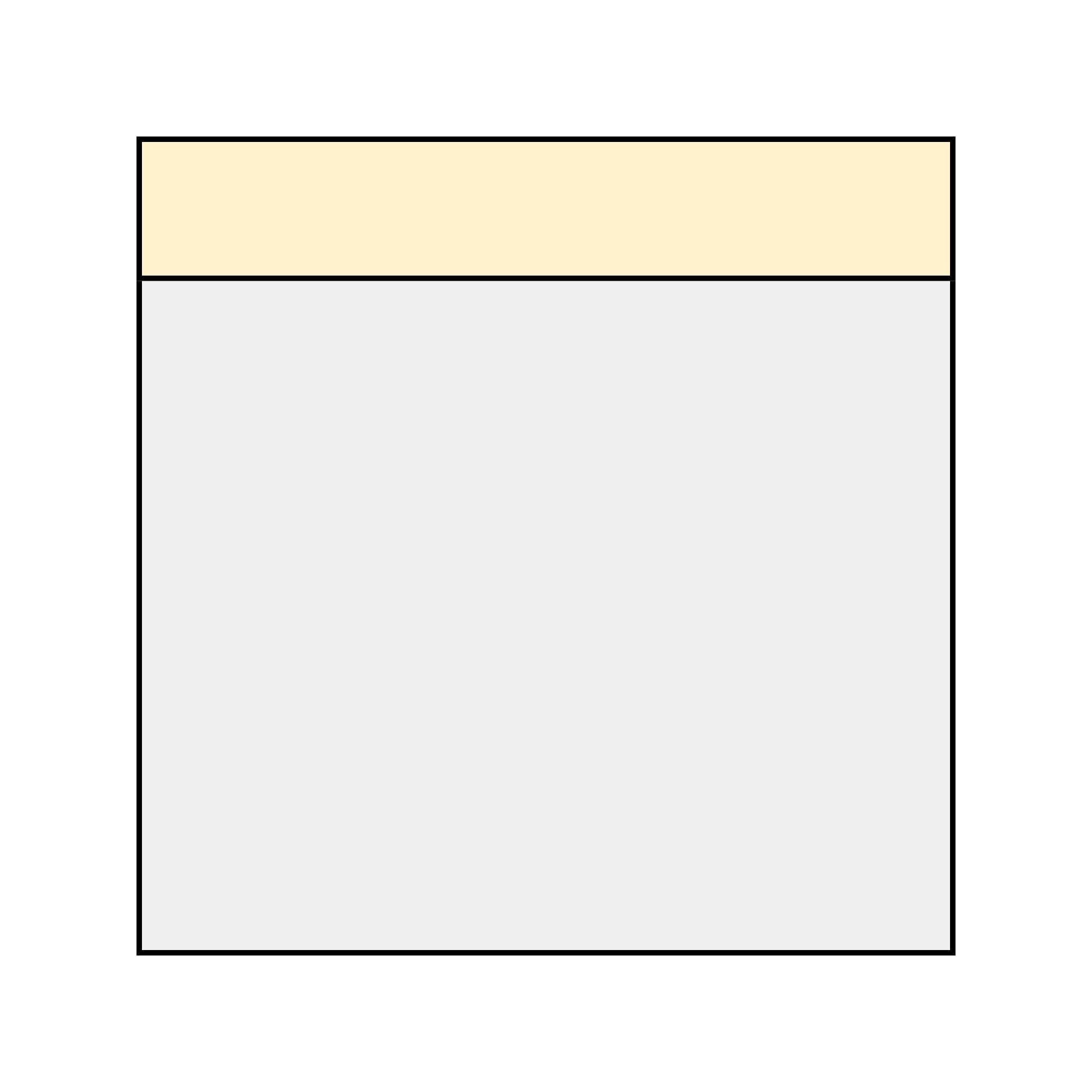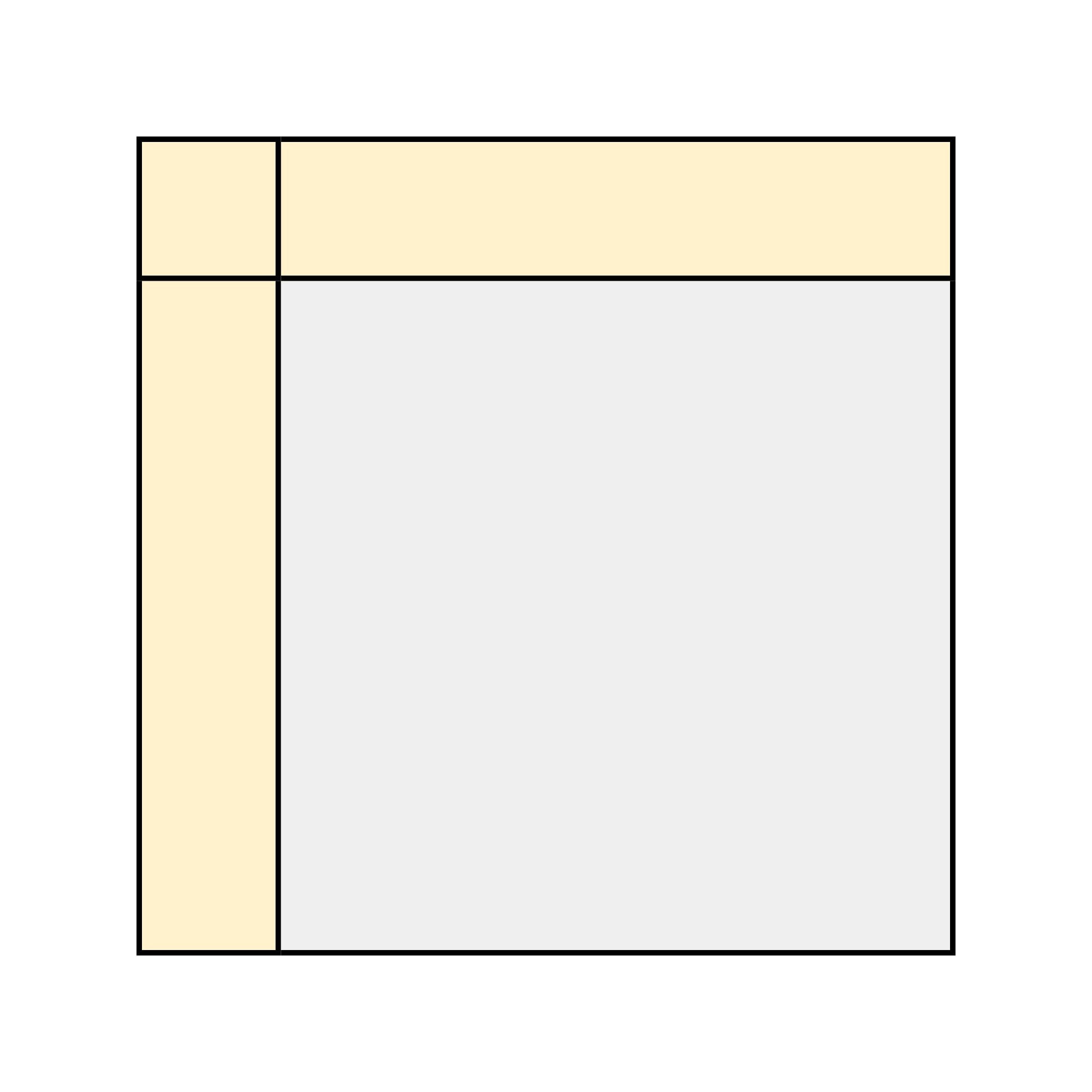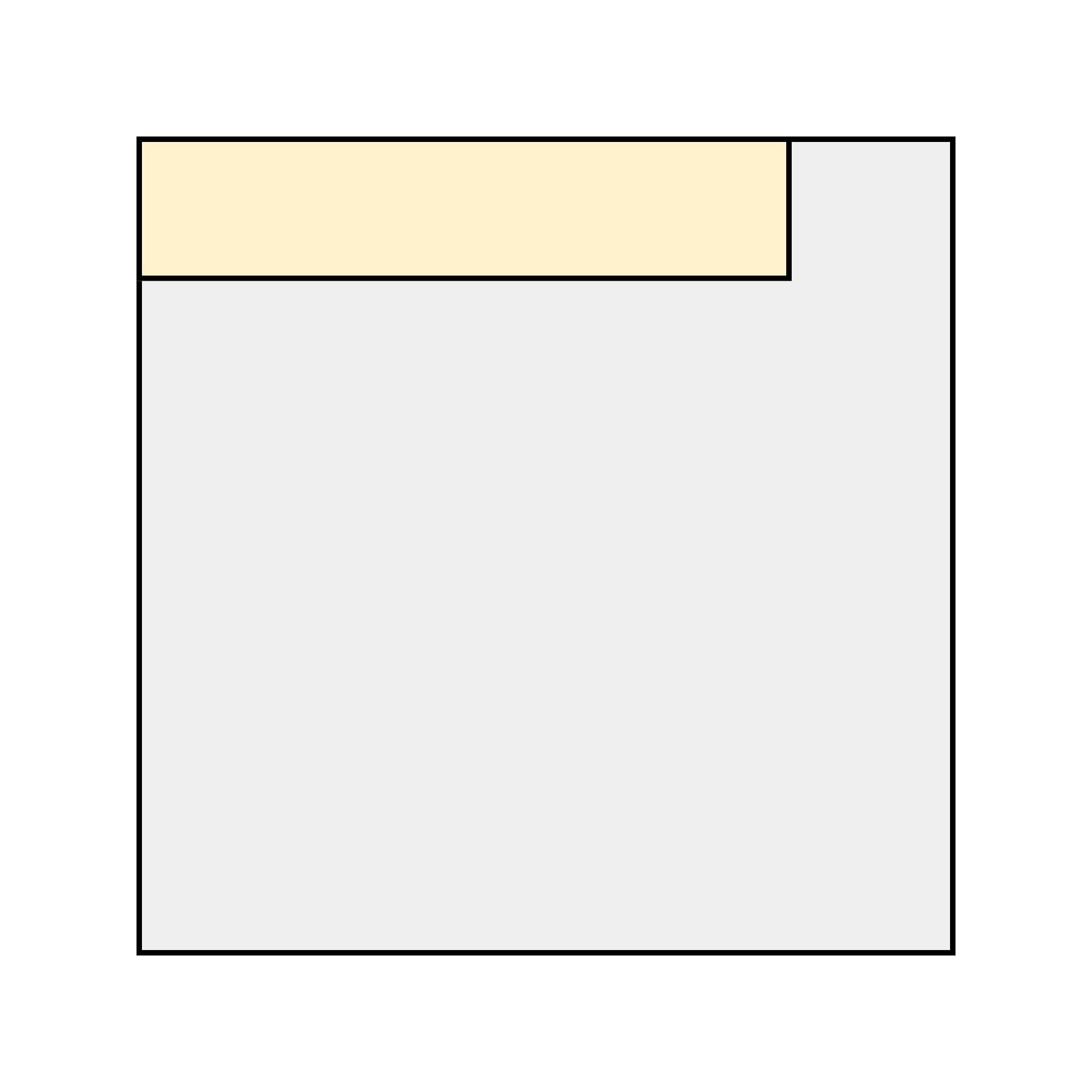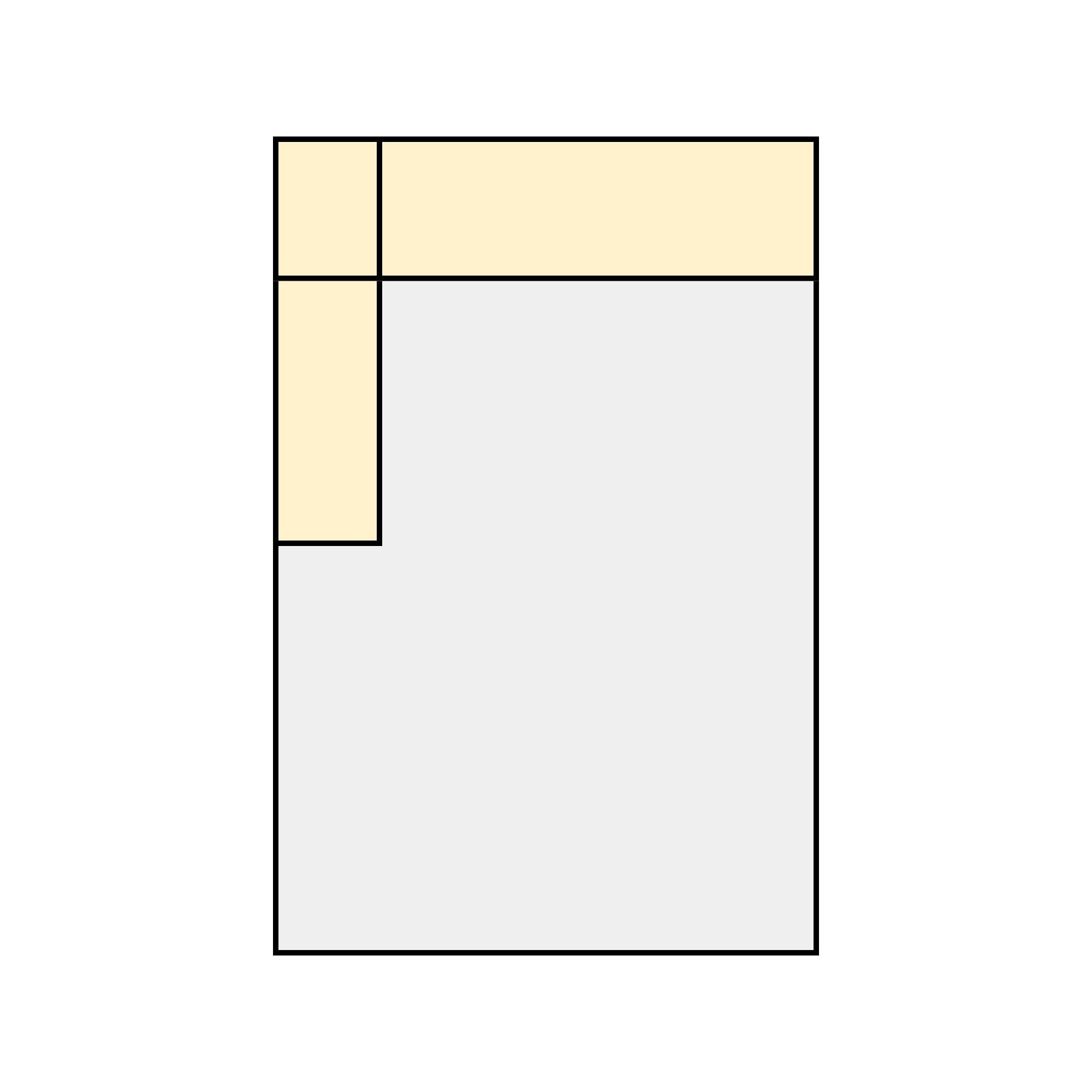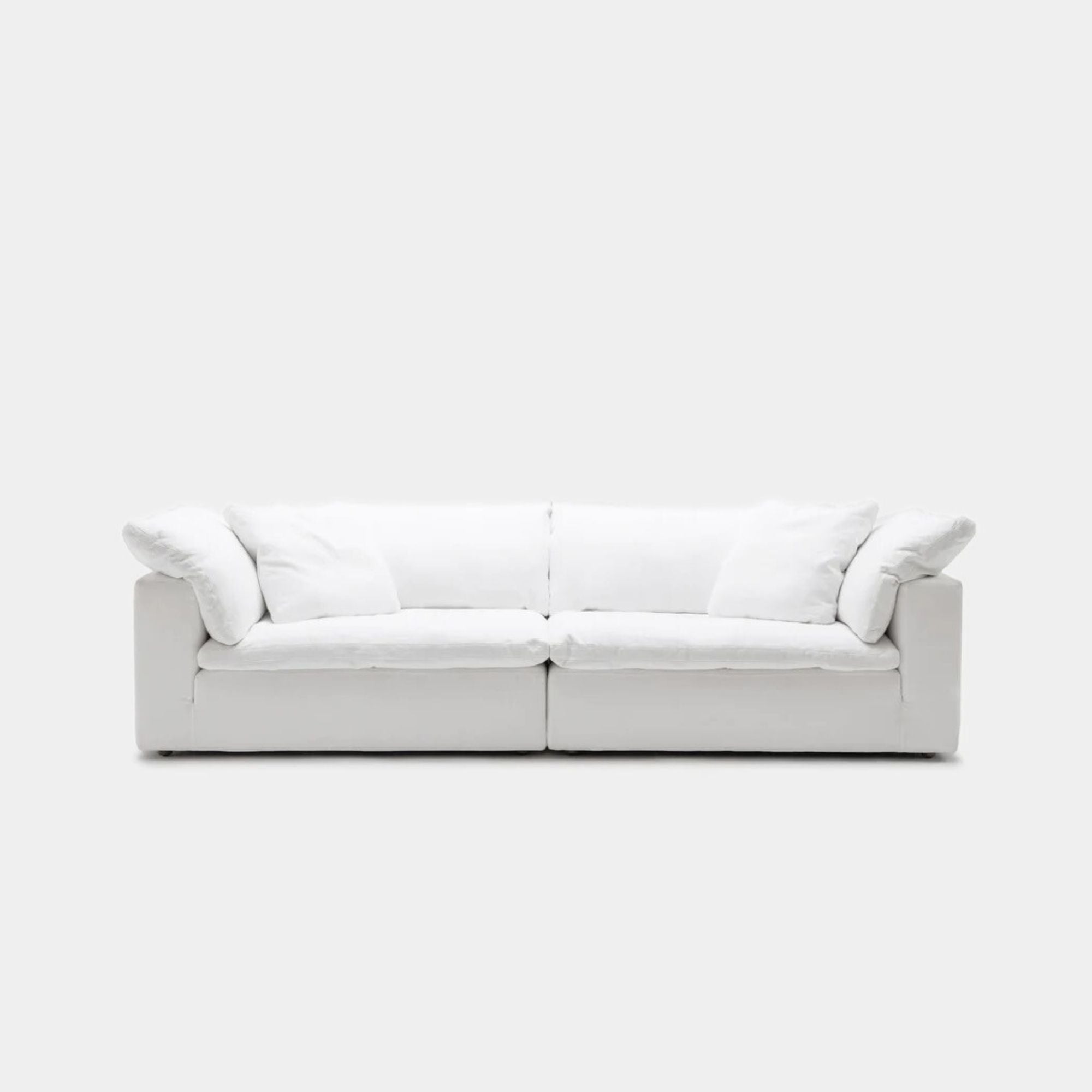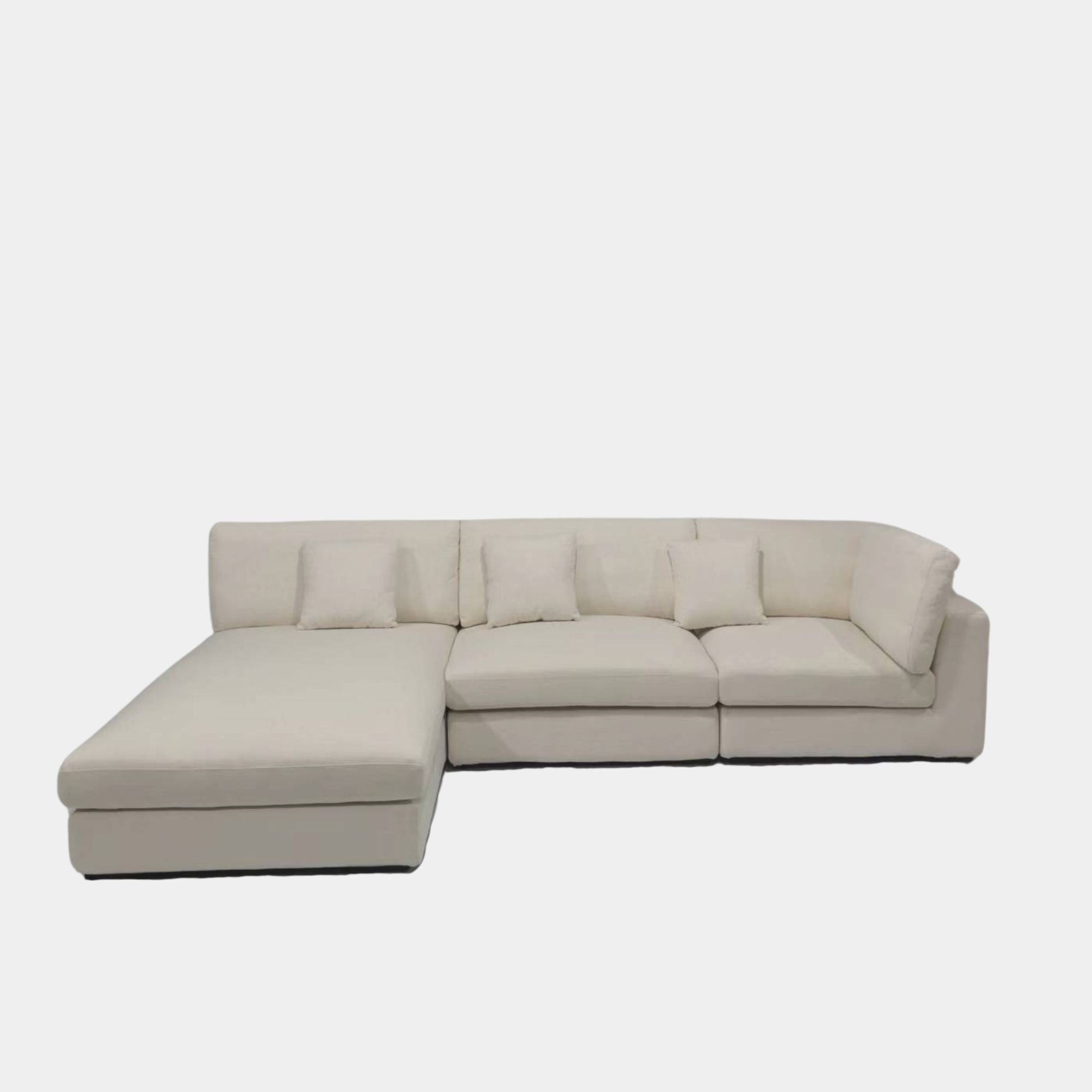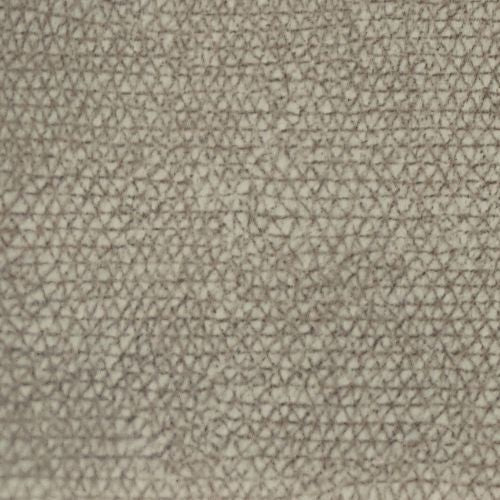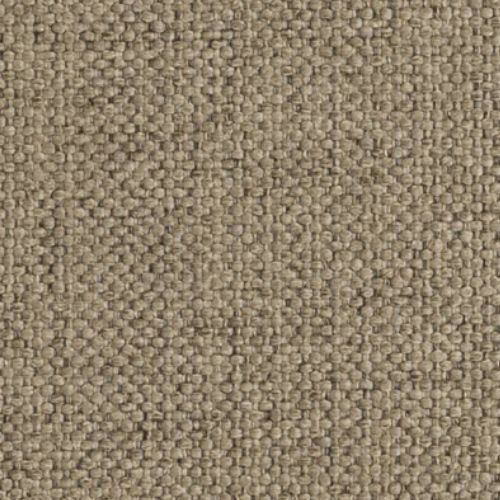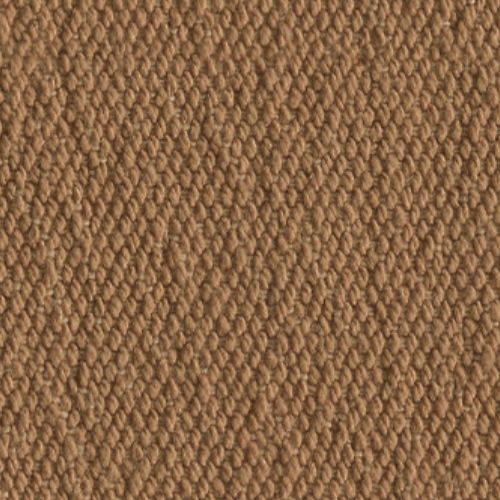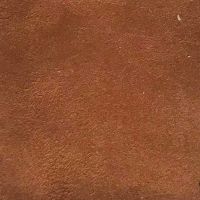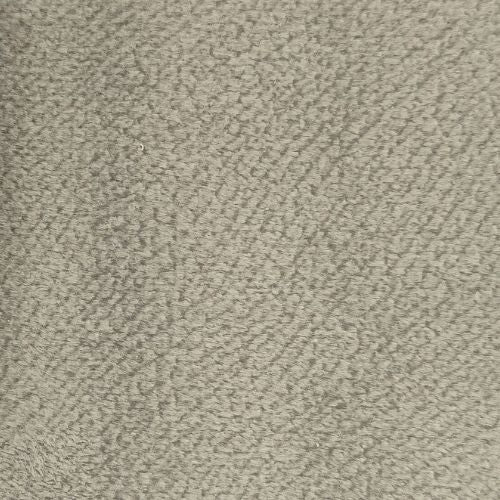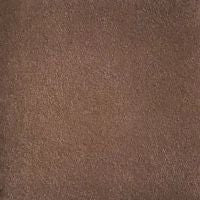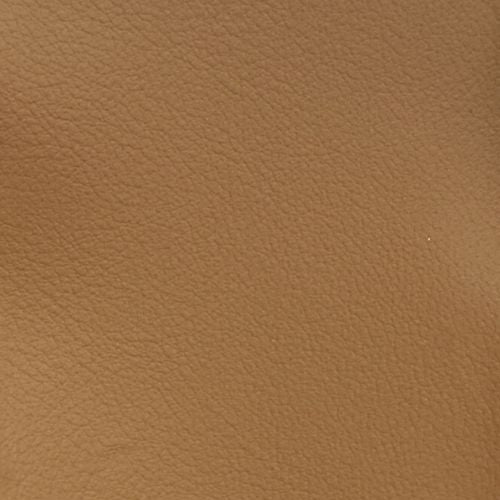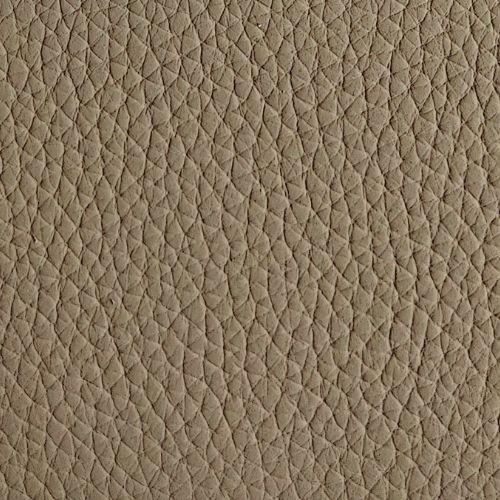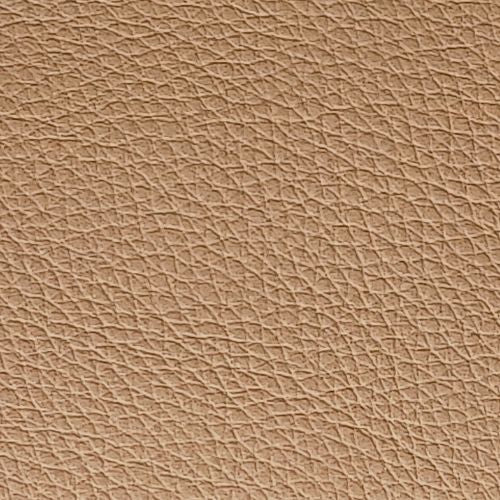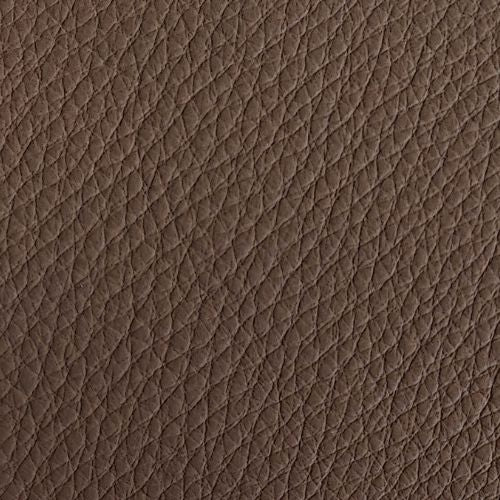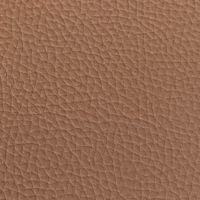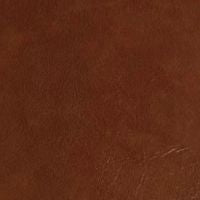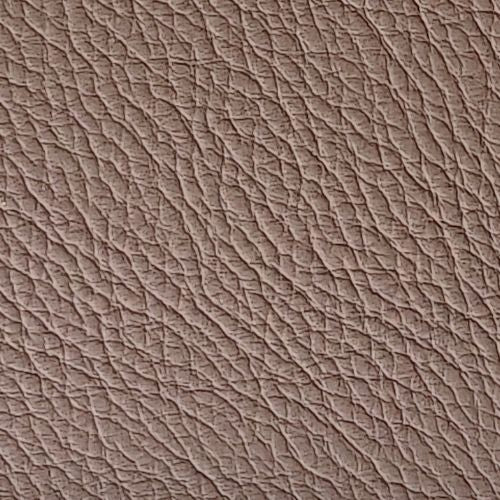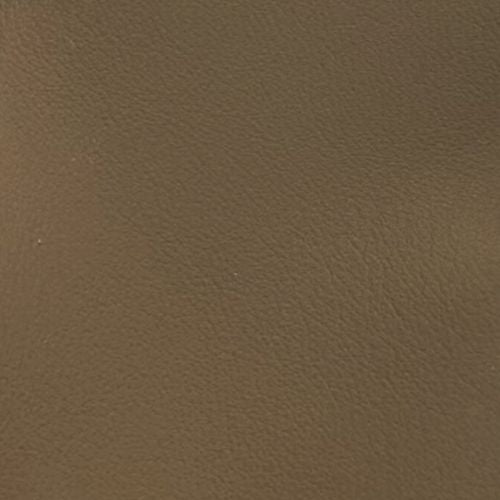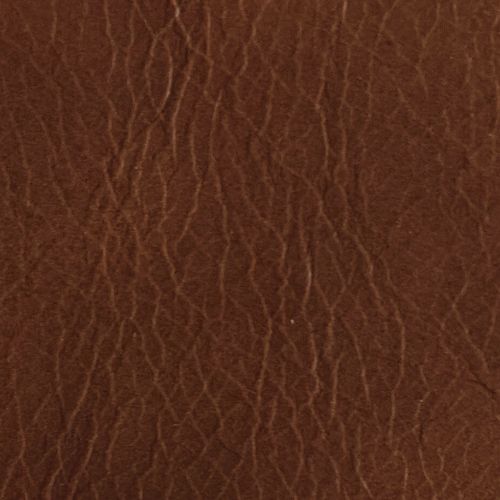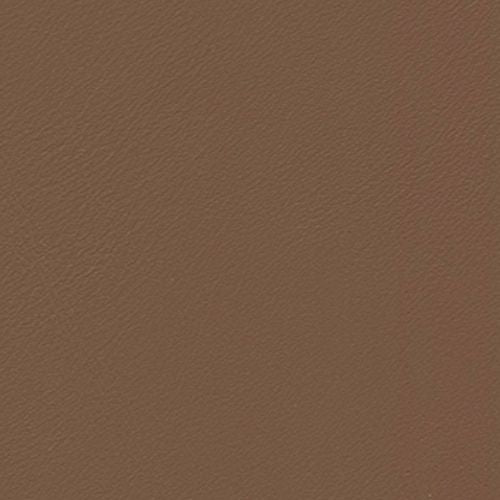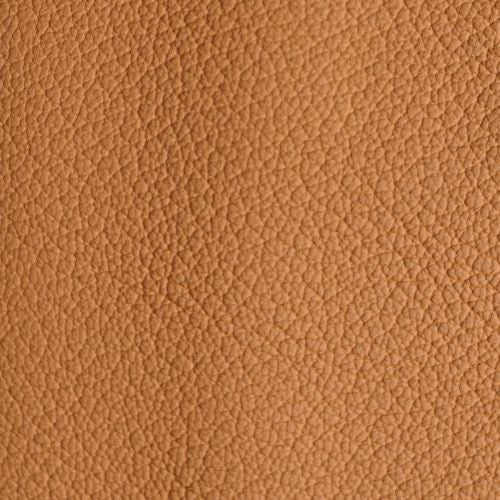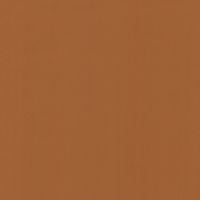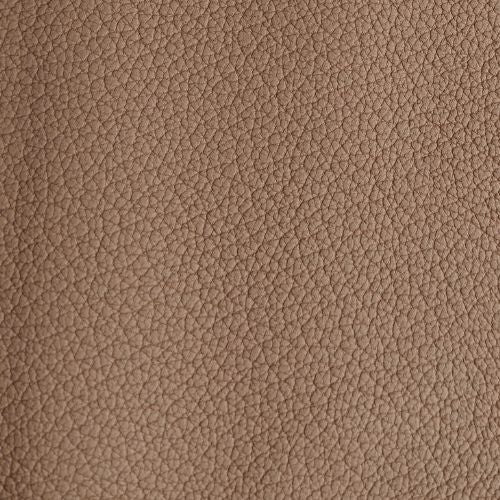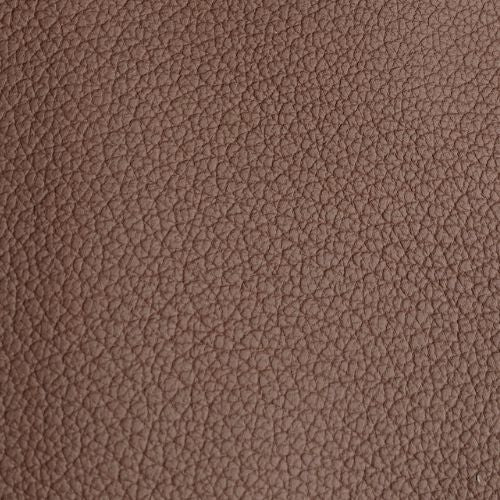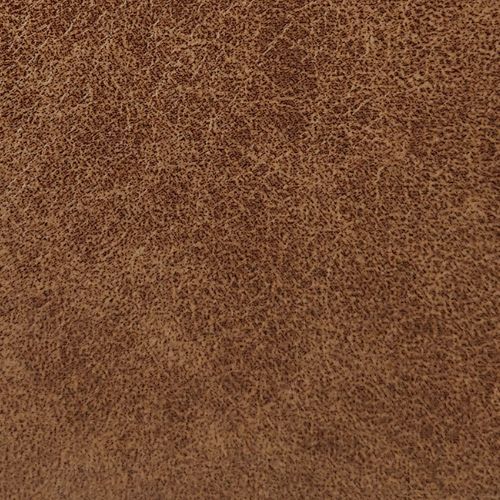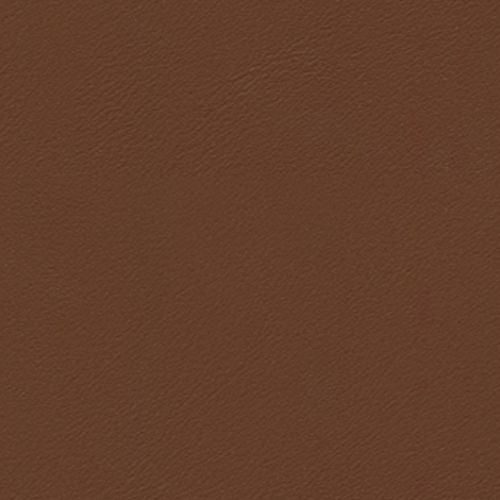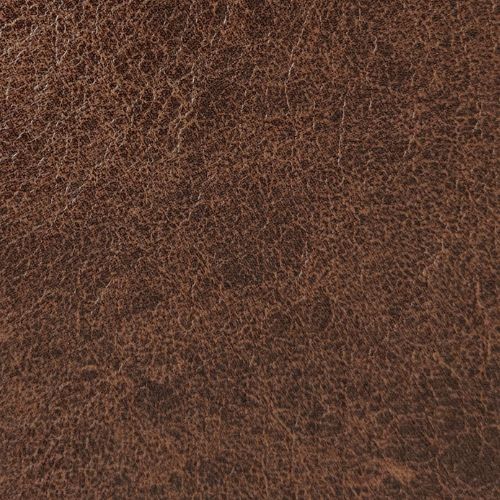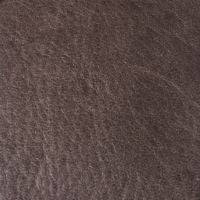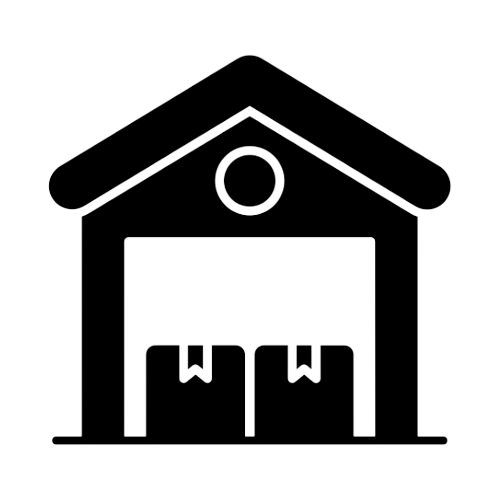Browse through some common questions that people may have. Reach out if still in doubt!
Guide
What is a modular sofa?
A modular sofa is a highly adaptable seating system composed of multiple individual sections, or "modules," that can be arranged in various configurations to suit different spaces and needs.
Unlike traditional sofas, modular sofas are designed for flexibility and customization, allowing you to expand, rearrange, or even separate the pieces over time.
Here’s what makes modular sofas unique:
- Flexible Arrangements: Modular sofas can be reconfigured easily. You can create anything from a small loveseat to a sprawling sectional, depending on the number and type of modules you choose.
- Tailored to Your Space: They work well in both large and small spaces, making them a popular choice for homes that may require future layout changes or reconfiguration.
- Versatile Styles: Modules often include various pieces like standard seats, chaise lounges, corner pieces, and ottomans, giving you options to create the layout that fits your style and seating needs.
A modular sofa is ideal for those who want a seating option that can evolve with their lifestyle, providing a stylish, adaptable solution for any living space.
What is considered a deep seat sofa and is it right for me?
A deep seat sofa typically has a seat depth of 56 cm or more from the front edge to the back cushion. This allows for a more relaxed, lounge-friendly seating position, as it gives ample room to sit back and stretch out your legs. Standard seat depths are usually between 45 to 56 cm, so anything beyond this is considered deep.
A deep seat sofa is great for those who prioritise comfort and want a sofa suitable for lounging. It works especially well for taller individuals who need more seat depth to sit comfortably. If you have a larger living area and like to relax or entertain guests, a deep seat sofa can be an excellent choice.
While deep seat sofas are great for comfort, they might not be ideal for smaller rooms, as they can take up more floor space. They may also feel too deep for shorter individuals, making it difficult to sit upright with feet touching the floor. Additionally, if you prefer more formal or upright seating, a deep seat sofa might not provide the support you’re looking for.
What are the common module types offered for modular sofas?
Modular sofas typically include a variety of unit types that you can combine to create the perfect layout for your space and seating needs. Here are the most common module types:
- End Unit: These pieces have one armrest on either the left or right side, serving as the sofa’s end. They can be combined with other modules to form the outer edges of your seating arrangement.
- Middle Unit: A versatile, armless section that fits seamlessly between other units to extend the length of the sofa. Middle units add extra seating without taking up much width, making them ideal for maximizing space.
- Peninsula Unit: This unit extends outward, offering an open-ended section perfect for lounging. Together with an end unit, it can be combined to form a one arm sofa.
- Chaise Unit: A long seat with no armrest on one side, perfect for stretching out and relaxing. Chaise units are popular for adding a comfortable lounging option to your modular sofa setup. Together with a peninsula unit or end unit, it can be combined to form a L shape sectional sofa.
- Ottoman Unit: A standalone, backless module that can serve as a footrest, additional seating, or even a coffee table. Ottomans offer added flexibility and can be easily moved around to suit different seating arrangements.
Each of these modules allows you to create a unique and customizable seating experience, whether you’re designing a compact 2-seater or a spacious sectional for a larger room.
How many people can sit on your modular sofa?
Our modular sofas are designed to adapt to any space and seating needs, offering flexible arrangements for different room sizes and gatherings:
- Small Living Rooms: Two pieces can be arranged as a cozy 2-seater, perfect for couples in smaller living rooms.
- 3-Seater Sectional: Add a chaise to a sofa module to create a comfortable 3-seater sectional, ideal for medium-sized spaces.
- Large Families and Gatherings: Combine multiple modules of various sizes to form expansive corner sofas or large sectionals, providing plenty of seating for family and friends.
What types of upholstery materials do you offer?
We offer a wide range of customisable upholstery materials:
- Fabric: Linen, cotton, boucle, pet-friendly, velvet and easy-clean options
- Genuine leather: Matte and glossy finishes with various grain patterns
- Vegan leather: Matte and glossy finishes with various grain patterns and pet-friendly alternatives
You can choose the best material that suits your lifestyle and home décor.
Do you have washable fabric modular sofas?
Yes, we offer some modular sofas with removable fabric covers that can be easily washed, making them a practical choice for homes with children where stains are hard to avoid.
What is the difference between a modular sofa and sectional sofa?
A sectional sofa is typically a pre-configured design, such as an L shape or U shape, with fixed connections between sections.
In contrast, a modular sofa consists of individual pieces or sections that can be rearranged to create different seating configurations, offering more flexibility and customization.
What type of brown colour upholstery materials do you offer?
We offer brown upholstery in a variety of materials, including fabric, faux leather, and top grain leather.
These materials are available across most of our sofas, L-shaped sectional sofas, corner sectional sofas, modular sofas and U-shaped sectional sofas, giving you the flexibility to choose the perfect material for your style and seating preferences.
What is the benefit of choosing brown sofa?
Brown sofas bring warmth and a sense of comfort to any room. The colour brown is often associated with stability, reliability, and earthy tones that create a cosy and welcoming atmosphere.
Depending on the shade, brown can evoke a rustic charm or a refined elegance, making it a versatile choice that complements various interior styles.
What design styles work well with brown?
Brown sofas are highly versatile and can fit seamlessly into a range of design styles, including:
- Rustic: Brown enhances the natural, earthy feel of rustic spaces, particularly when paired with wooden furniture.
- Traditional: Rich shades of brown are perfect for creating a classic, timeless look in more traditional interiors.
- Modern: Darker brown sofas can act as a grounding focal point in modern interiors, particularly when combined with sleek lines and contemporary accents.
- Eclectic: Brown can work with a mix of patterns and textures, adding warmth to an eclectic setting.
What cushions work well with brown sofas?
Cushions in warm neutrals such as cream, beige, or soft grey complement brown sofas beautifully.
For more vibrant options, burnt orange, mustard yellow, or deep green can add depth and warmth.
Gold or bronze accents can elevate the look, while darker shades of brown or burgundy offer a harmonious, earthy palette.
What rugs work well with brown sofas?
Neutral rugs in cream, beige, or light grey can balance the richness of a brown sofa.
For added texture, a patterned rug with brown elements or geometric designs can enhance the overall aesthetic.
Plush, shaggy rugs in complementary tones can create a cosy atmosphere, while natural fibre rugs, such as jute or sisal, can further emphasise a rustic vibe.
What wall colour work well with brown sofas?
Neutral walls in shades of soft white, cream, or light grey allow a brown sofa to stand out without overpowering the room.
For a more dramatic look, deeper tones like olive green, rich burgundy, or charcoal grey create a striking contrast.
Warm beige or taupe walls can also provide a harmonious, earthy backdrop.
What if I couldn’t find the shade of brown such as tan, cognac or dark brown that I need?
If you're unable to find the exact shade of brown you're looking for, such as tan, cognac, or dark brown, please reach out to us with a sample of the material you'd like to customise.
Whether it's fabric or leather, we will connect with our supplier base to source a similar upholstery material for you.
